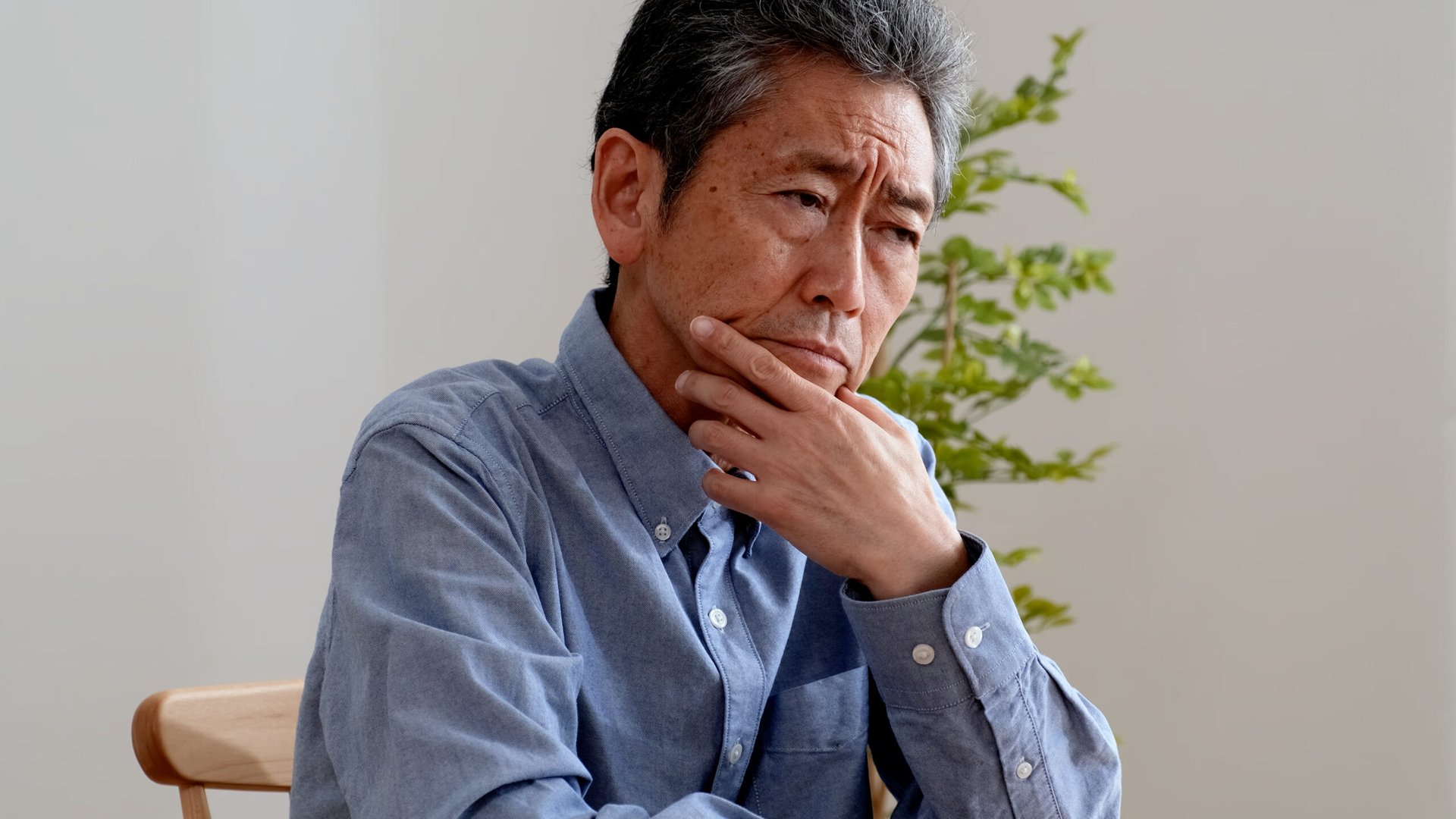
Paying for long-term care is difficult for millions of today’s seniors. But the problem is about to get much worse, according to findings from the research organization NORC at the University of Chicago.
By 2033, more than 11 million retirees age 75 and older will not be able to cover the cost of assisted living. And to make matters more difficult, these same folks are unlikely to qualify for Medicaid, meaning they will be stuck with a bill they cannot pay.
The challenge for these seniors will be coping with the fact that they are middle-income, meaning they are too poor to fund their own care yet too rich to qualify for Medicaid, which is a government health insurance program for people with low incomes. The number of seniors who will fall into this middle-income group is expected to grow by 89% — or 7.5 million — between the years of 2018 and 2033.
For many of these folks, living independently will not be an option. Researchers point out that as people grow older, there is an increasing risk that they will experience more health needs, less mobility and a higher risk of cognitive impairment. That means they will face the daunting challenge of paying for the help they need.
In a press release summarizing the report, Caroline Pearson, senior vice president at NORC (formerly called the National Opinion Research Center) and the lead author of the study, says:
“Without a comprehensive long-term care system in this country, for all but the lowest-income individuals, the costs of senior housing and caregiving support falls to seniors and their families. Sadly, most middle-income seniors may not have the financial resources to pay for the care they want and need.”
The researchers project that by 2033, 72% of middle-income seniors — or about 11.5 million seniors — will have less than $65,000 in income and annuitized assets. That is the average amount of cash they would need to pay for private assisted living and medical care, the researchers say.
Even if these seniors sell their homes to generate funds, it will still leave 39% of middle-income seniors — about 6.2 million — without the resources necessary to pay the costs, according to the study.





Add a Comment
Our Policy: We welcome relevant and respectful comments in order to foster healthy and informative discussions. All other comments may be removed. Comments with links are automatically held for moderation.